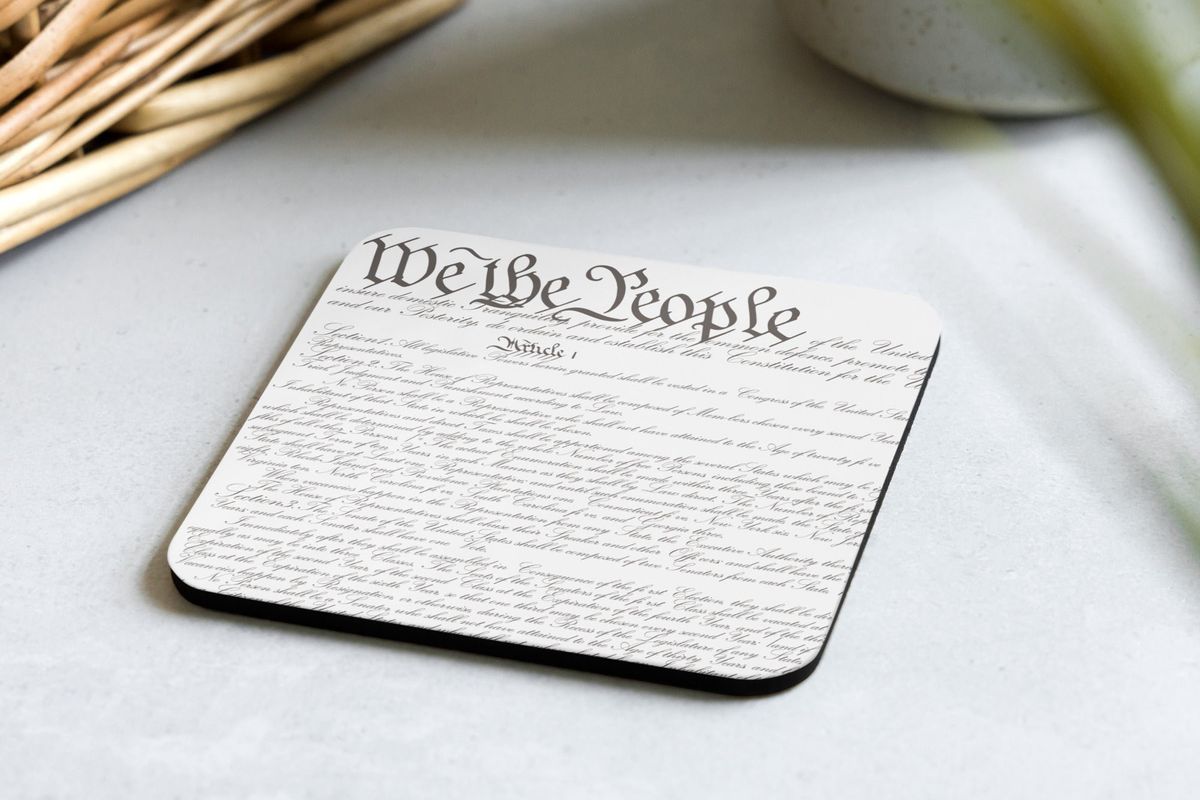Reprinted with permission fromAlterNet.
The day after the 2016 presidential election, therapists around the country reported a surge in clients emotionally devastated by the shock and disgust of Donald Trump’s win. Several psychologists recounted meeting with patients who compared the jarring effect of the election to the psychological blow of 9/11.
Tracey Rubenstein, a Florida-based social worker, told JTA that in the months following Trump’s victory, “80 percent of her clients would cite the election and its aftermath as a new source of fear, sadness or anxiety in their lives.” Psychotherapist Enrico Gnaulati wrote that he was “inundated with clients using therapy time to process their shock, disbelief, dismay, and outrage.” This June, the New York Times spoke with psychologist Robert Duff, who said the political climate is “a topic of conversation and a source of anxiety in nearly every clinical case that I have worked with since the presidential election.” Four decades of practice didn’t prepare psychologist Sam Menahem for the outpouring of grief he saw following Trump’s triumph, which affected patients more extremely than any other election he recalled. “I’ve never seen anything like this,” Menahem told JTA, “never.”
In an attempt to succinctly describe the constellation of signs and symptoms patients have presented with, therapists have created an collection of unofficial diagnoses, including Trump traumatic stress disorder, Trump anxiety disorder, post-Trump election trauma, Trump trauma and post-Trump stress disorder (PTSD). This isn’t about self-pitying sore losers, but genuine physical and mental manifestations of fear and anxiety confirmed by clinicians. Symptoms vary from person to person, but can include insomnia, panic attacks, irritability, malaise, anti-social feelings and depression. The Trump 15 refers to weight gain resulting from excessive “eating and drinking undertaken to blunt the pain” of the election, and relatedly, some have reported numbing themselves with drugs and alcohol. Suicide hotlines, among them those that serve LGBTQ populations, reported a steep rise in calls far exceeding those in other elections.
“I have people who’ve told me they’re in mourning, that they’ve lost their libido,” Nancy Molitor, a Chicago psychologist, told Kaiser Health News. “I have people saying the anxiety is causing them to be so distracted that they’re blowing through stop signs or getting into fender benders.”’
Trump’s ugly rhetoric about racial and religious minorities compounded with the daily emotional consequences of marginalization and institutional racism has led to “race-based trauma,” a form of PTSD suffered by people of color, most acutely African Americans. The enduring national trauma of 9/11 and 15 years of war is exacerbated in black and brown communities by the collective trauma of local police violence, distressing images of black death on a viral loop and cops who literally get away with murder—a constant reminder of America’s devaluation of black life. The specter of the 2008 financial collapse hovers over all Americans, but black and Hispanic communities were hardest hit and still haven’t recovered. Unemployment among blue-collar workers of color is the highest in this country, pushing working nonwhites even closer to the edge of the economic cliff.
Trump also exploited trauma among his base. Though his mostly middle– and upper-middle-class supporters were more economically secure than other voters, they perceived themselves as underdogs after years of watching the issues that plague their communities go unaddressed. At a moment when they were desperately trying to make sense of why the American dream seems frustratingly out of reach, candidate Trump offered a bevy of scapegoats—immigrants, blacks, Muslims, ambitious women—as an answer. In towns where jobs have dried up, hopelessness and pessimism are tied to fatalistic behaviors such as alcoholism, opioid abuse and increased rates of suicide. A Nation post-election analysis found that Trump won big “in counties heavily burdened by opioid overdoses and other ‘deaths of despair.’” Trump “saw” the frustrations of people who feel increasingly invisible, “heard” their anger, and above all, exploited their pain and rage.
Trump’s tenure in the executive office has continued to worry millions of observers. The president behaves erratically and unpredictably, and the only reliable pattern in this White House has been scandal and chaos. The resulting breakneck speed of the news cycle has yielded Trump fatigue syndrome, which Vox describes as the “exhaustion you feel from trying to stay on top of the nonstop scandals and absurdities emanating from the Trump administration.” The president denies having uttered things that are easily discoverable with a Google search, taking gaslighting—a form of mental abuse that makes people doubt their reality—to levels previously unseen in an American political leader. At hours when most of us are sleeping, the president is awake and rage-tweeting insults at the media and any other imagined enemies.
“In addition to the normal chaos of being a human being, there is what almost feels like weaponized uncertainty thrown at us on a daily basis,” Kat Kinsman, the author of Hi, Anxiety told the New York Times. “It’s coming so quickly and messily, some of it straight from the president’s own fingers.”
Many are now trying to comprehend a U.S. that defies their understanding of what their country should be. Politicians have always lied or manipulated the truth, but Trump has taken even the worst kind of politics-as-usual to a new level. The inability to bridge that mental gap results in moral injury, which psychologist Noel Hunter describes as the “emotional distress” and “damage done to a person’s sense of justice in the world resulting from violations of fairness, the value of life, and ethics.” Essentially, moral injury occurs when we witness violations of the social contract as we understand it.
“It’s the first time that I’ve really questioned the values of Americans as a group,” one 25-year-old therapy patient told JTA. “I’ve never felt that the core fundamental values which I believe our country is built on were in jeopardy the way I did after this election.”
Another said that the election had “shattered my faith in the essential goodness of the world.”
“In psychotherapy you often discuss scary dreams, but with the implicit understanding that they’re just dreams,” Gary Shteyngart, an author and therapy patient, added. “What happens when the nightmares come true? It’s a whole different fifty minutes.”
Black Americans and other visible minorities have long had to deal with the longstanding gaslighting of a country that professes to lead the world in human rights, freedom and liberty, while denying those virtues to so many of its nonwhite citizens. For many minorities, the election confirmed their worst fears about America. As Jesse Washington notes at the Undefeated, “One sentiment rang loudest in many African-American hearts and minds: The election shows where we really stand. Now the truth is plain to see, many said—the truth about how an uncomfortable percentage of white people view the concerns and lives of their black fellow citizens.”
That did not make the Trump pill any easier to swallow. In fact, minorities reported higher levels of post-election stress than their white counterparts. The precipitous rise in hate crimes after the election, and the president’s silence about them, has only further contributed to an increasingly inhospitable environment for people of color. A Harvard study released in early June found that “minorities (69% of blacks, 57% of Asians, 56% of Hispanics) [are] more likely than non-Hispanic whites (42%) to report that the outcome of the 2016 presidential election was a significant source of stress.” Recent studies find Trump’s deportation escalation has caused many undocumented immigrants to avoid all contact with the police, even when their own safety is at risk. Another survey of groups dedicated to issues around domestic violence found significant percentages of immigrant abuse survivors are now afraid to contact police, or have dropped court cases against their abusers, due to fears of deportation.
Trauma is one reaction to Trump’s politics of fear, violence and confusion, but it’s not the only one. The response to Trump’s presidency won’t be universal, even among those who largely oppose his agenda. Not everyone is traumatized, though it’s critical to recognize and validate the experience of those who are. Denying the existence of trauma can be as damaging as the original traumatizing issue itself. Though trauma can trigger a sense of loneliness, it’s helpful to remember that millions of people are experiencing the similar feelings.
There’s no single way to deal with Trump trauma, but there are many different options that may work for different people. Talking to a therapist or counselor, and medications that treat anxiety and depression, can be extremely helpful, though the prohibitive cost of mental health care makes those choices inaccessible for some folks. Social media can be great for connecting to others, but it can also be the source of anxiety, so it’s good to occasionally unplug and log off. Exercise, good nutrition and spending time with pets or in nature can be big de-stressors. Nearly every single therapist recommends engaging in activities that offer a sense of control in a moment of chaos and counter feelings of hopelessness with feelings of agency. That can mean becoming politically active, creating art and connecting with likeminded people. Psychologist Jeremy Clyman, writing at Psychology Today, recommends “joining peaceful groups and organizations, dispassionate debates with others, and assertions of personal political power (e.g. vote, and blow up your congressman’s cell phone and email, etc.).” Do what works for you.
There’s no way to sugarcoat it: the Trump years won’t be easy, and this presidency has helped stoke some of the ugliest aspects of this country. But there are voices of sanity and vision who can help in this moment. Just remember they’re out there.
Kali Holloway is a senior writer and the associate editor of media and culture at AlterNet.












